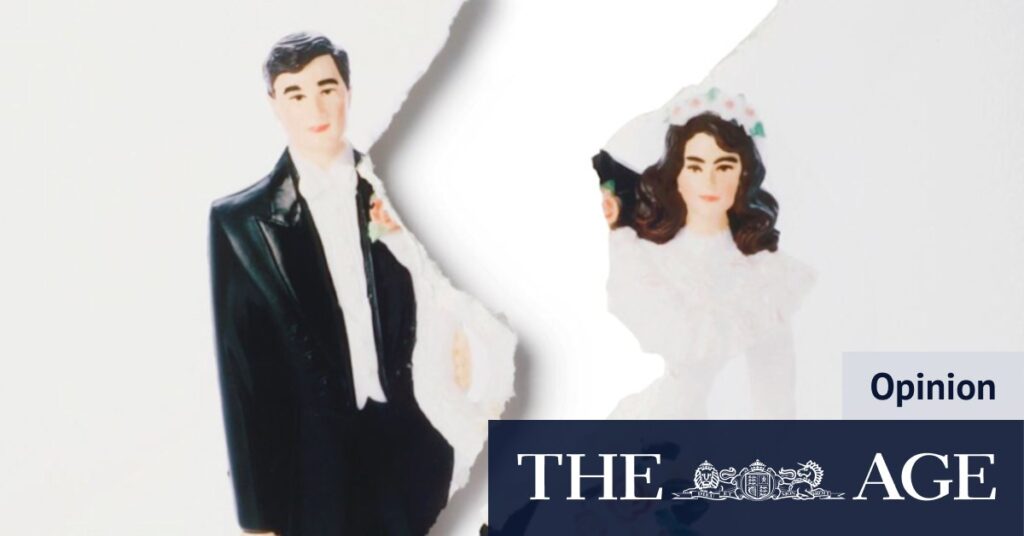
I never really thought seriously about getting married until my now-fiance was down on one knee. Even then, as he pulled the ring out, back-lit by sunset, declaring his deep and unwavering love for me, I never expected we’d actually get hitched. My disbelief wasn’t a reflection of our aforementioned deep and unwavering love – quite the opposite. I’d felt certain we were meant to be together from the moment we met. I just didn’t crave the validation of a civil ceremony to fortify my commitment. Rather, it marked my introduction into the “forever engaged” club.
That fateful day was more than 10 years ago. Over the preceding decade, my fiance and I have grown closer, travelled, bought a house and had a child. We have weathered both good times and bad, embracing each other in sickness and in health, and stood by for better and worse, richer and (usually) poorer. We’re on track to happily keep this up until death do us part.
Changing Trends in Commitment
We’re not alone in our stance. Other than a brief post-COVID bump, the number of Australians getting married has been in steady decline for five decades. In 1970, the marriage rate (the number of marriages for every 1000 people aged over 16) was 13. In 2023, it was 5.5. We’re also getting married later. When my mum got married in the ’70s, she was 24 – practically an old maid compared with the median bride’s age of 20. In 2024, the median age of brides was 31.
“In 1970, the marriage rate was 13 per 1000 people. By 2023, it had declined to 5.5.”
This trend reflects a broader shift in societal values and priorities. Many couples today prioritize career advancement, financial stability, and personal growth over traditional marital timelines. The concept of “forever engagements” has emerged as a viable alternative to the conventional path of engagement followed by marriage.
The Rise of De-facto Relationships
De-facto relationships, where couples live together without formalizing their union through marriage, have become increasingly popular. This arrangement offers the benefits of a committed partnership without the legal and financial implications of marriage. According to the Australian Bureau of Statistics, the number of de-facto relationships has risen significantly over the past few decades.
Experts suggest that this shift may be attributed to changing attitudes towards marriage and a greater acceptance of diverse relationship structures. Dr. Emily Carter, a sociologist specializing in family studies, notes that “couples today are redefining what commitment means. They are more focused on the quality of their relationship rather than its legal status.”
Implications for the Future
The decline in marriage rates and the rise of alternative relationship models have significant implications for society. These trends may affect everything from housing markets to legal frameworks surrounding inheritance and parental rights. As more couples choose to remain engaged indefinitely or opt for de-facto partnerships, there may be increased demand for legal reforms to accommodate these lifestyles.
Meanwhile, the wedding industry itself is experiencing changes. With fewer couples choosing to marry, businesses are adapting by offering services that cater to non-traditional celebrations and commitment ceremonies. This evolution reflects a broader cultural shift towards inclusivity and personalization in how love and commitment are expressed.
As for my fiance and me, we remain content in our “forever engagement.” Our relationship is built on mutual respect, shared experiences, and a deep understanding of one another. Whether or not we ever decide to formalize our union with a wedding, we know that our commitment is unwavering.
The rise of “forever engagements” and de-facto relationships highlights the evolving nature of love and commitment in contemporary society. As couples continue to redefine what it means to be together, the traditional boundaries of marriage are being reshaped to better fit the diverse needs and values of today’s world.







